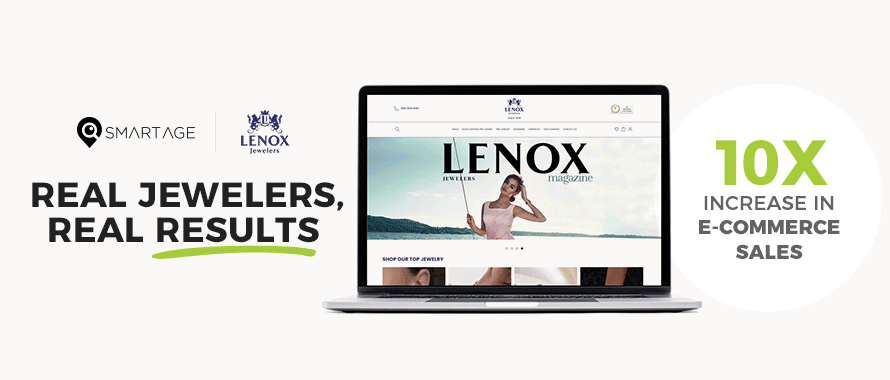Jewelry ECOMM Tech
Moving Beyond “Boosted” Posts March 23, 2020 (0 comments)
 Ah, the “boost” button! It sits under each of your Facebook posts. Jewelers everywhere have used the Boost button to promote their product pieces and promotions for years.
It seems like an easy way to get your posts in front of more people. But, I’m here to convince you to stop using the Boost button.
It’s not sufficient.
It’s ok as a quick solution for jewelers. But make no mistake about it - that’s all it’s meant to be. A quick solution. But it’s not the best one.
By using the Boost button on your posts, you’re missing out on tons of features and functionality that the Ads Manager could have provided.
In this article, I’ll outline 9 key reasons you should resist using Facebook’s boost button and take a few extra moments setting up all those posts in Ads Manager instead. The extra time and care it takes will be worth it.
Ah, the “boost” button! It sits under each of your Facebook posts. Jewelers everywhere have used the Boost button to promote their product pieces and promotions for years.
It seems like an easy way to get your posts in front of more people. But, I’m here to convince you to stop using the Boost button.
It’s not sufficient.
It’s ok as a quick solution for jewelers. But make no mistake about it - that’s all it’s meant to be. A quick solution. But it’s not the best one.
By using the Boost button on your posts, you’re missing out on tons of features and functionality that the Ads Manager could have provided.
In this article, I’ll outline 9 key reasons you should resist using Facebook’s boost button and take a few extra moments setting up all those posts in Ads Manager instead. The extra time and care it takes will be worth it.


